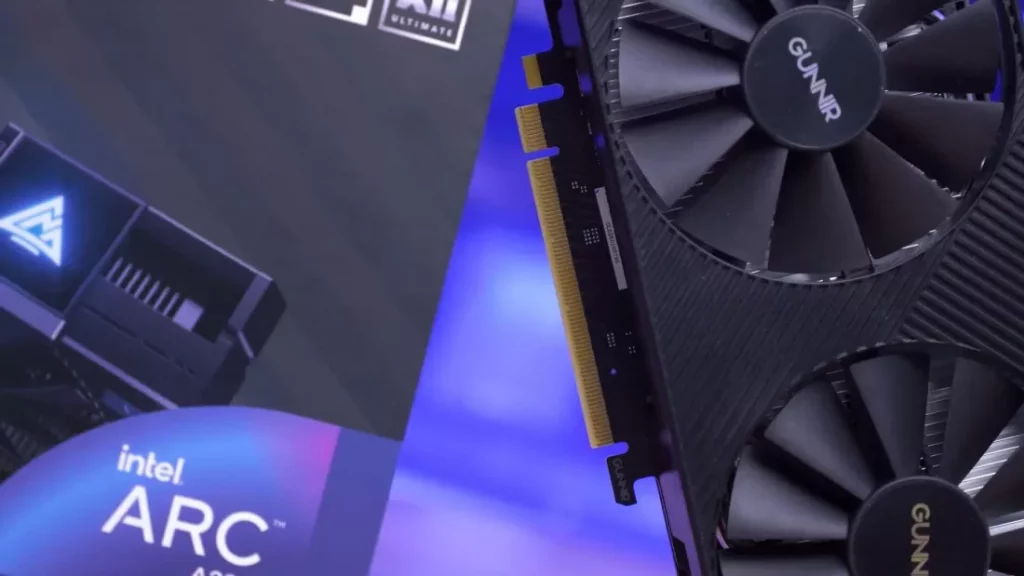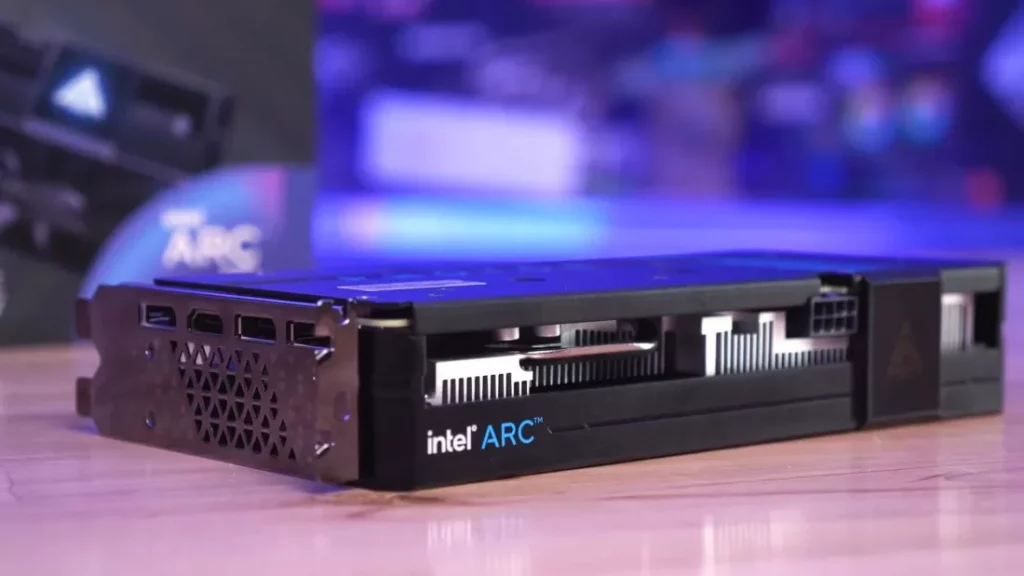According to a well-known analyst, Intel is currently stuck in a difficult position in the GPU industry and should probably cut its losses and move on. In a recent editorial showcasing Intel CEO Pat Gelsinger’s readiness to abandon projects that aren’t working well, Jon Peddie of Jon Peddie Research spelt out the scenario. The chipmaker no longer runs its aerial drone company and has revealed intentions to sell its NAND business to SK Hynix for $9 billion in late 2020. Intel said last month that it will be closing down its Optane memory division.
Gelsinger has eliminated six business units since re-joining Intel, saving the corporation about $1.5 billion in expenditures and losses.

With the unexpected appointment of Raja Koduri as the division’s main architect, Intel’s plans for dedicated GPUs got off to a flying start. Tom Petersen, a former Nvidia engineer, was another notable hire for Intel, but thus yet, not much has come of it.
As Peddie points out, since divulging details about its dedicated GPU department in the first quarter of 2021, Intel has posted a $2.1 billion loss. The research company estimates that Intel has invested more than that, possibly closer to $3.5 billion.
Although Peddie acknowledged that Intel’s dGPU goals were good, the consumer market’s outcomes yet “have been an embarrassment.”

Most people predicted that Intel’s initial GPUs would have problems with driver optimization, and some of that prediction has probably come true. But more recently, there have been rumours that the Arc series may have core hardware problems that can’t be resolved by modifying drivers.
Increasing availability from AMD and Nvidia and declining graphics card prices won’t help Intel’s efforts either. This trend is probably only going to last as long as cryptocurrency miners keep selling off their equipment in the face of regional crackdowns and declining coin values. As for Peddie, he thinks Intel should “probably” find a partner and sell up the group, but he also thinks the outcome is now evenly balanced.
Also read:







